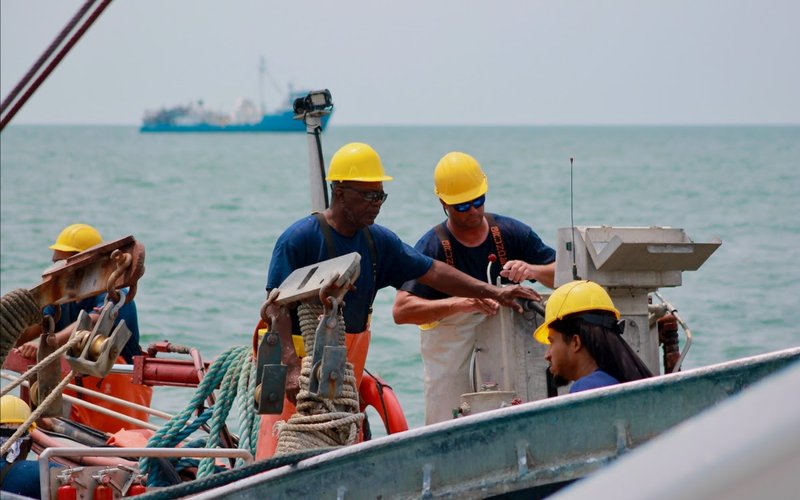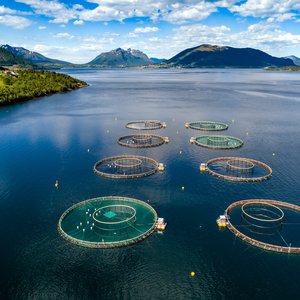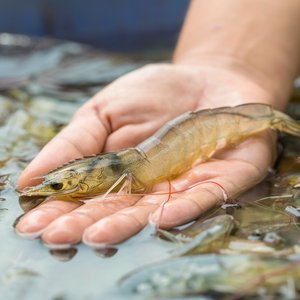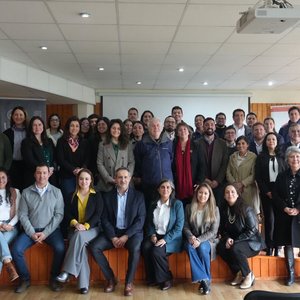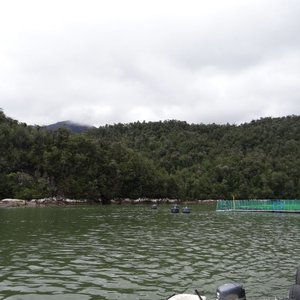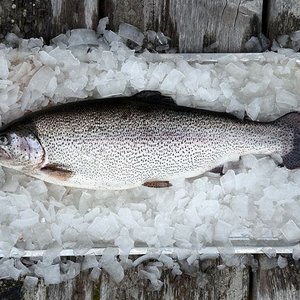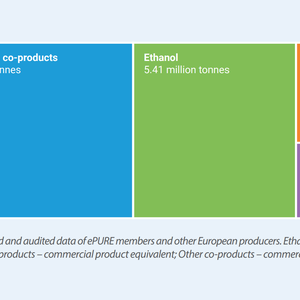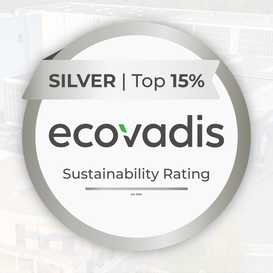Menhaden processor Omega Protein and its harvesting partner Ocean Harvesters have urged the Atlantic States Marine Fisheries Commission (ASMFC) to conduct further scientific reviews before considering potential reductions to the Chesapeake Bay menhaden fishery.
In a letter to the ASMFC, Omega Protein Senior Scientific Advisor Peter Himchak argued that recent concerns linking menhaden fishing to declines in osprey populations are being overstated, calling for a broader investigation into possible causes.
Himchak, a former fisheries biologist with the New Jersey Division of Fish and Wildlife and longtime advisor to the ASMFC and the Mid-Atlantic Fishery Management Council, criticized what he called an “inordinate amount of focus on menhaden generally, and the reduction fishery in particular,” in discussions of osprey declines.
In particular, he pushed back against recommendations made by the ASMFC’s Work Group on Precautionary Management in the Chesapeake Bay, calling them “draconian” and warning that implementing restrictions without clear evidence of depleted menhaden stocks or proven impacts on osprey risks harming an industry that supports hundreds of jobs and has operated for over 150 years.
While acknowledging the heavy workload of the ASMFC’s Technical Committee (TC) ahead of the Commission’s Annual Meeting, Himchak outlined four key scientific questions he said the committee should investigate:
- Timing and geographic overlap: Himchak questioned whether osprey declines coincide with the operation of the menhaden fishery, citing U.S. Geological Survey data showing osprey declines in multiple coastal states, not just the Chesapeake Bay, and increases in interior areas. He noted that menhaden fishing typically begins in May, while ospreys arrive and begin nesting from February to mid-April, raising doubts about whether the fishery influences osprey nesting behavior.
- Predator competition: Noting rising populations of several menhaden predators since the early 2000s, Himchak highlighted a striped bass diet study showing the fish were healthy and not food-deprived. He asked whether ospreys may be facing increased competition from other predators rather than suffering from menhaden scarcity due to the reduction fishery.
- Bald eagle interactions: Himchak emphasized the growing bald eagle population in Maryland and the species’ kleptoparasitic behavior, harassing ospreys and stealing their prey, or attacking nests, young, and even adult birds. Citing studies from locations including Voyageurs National Park, he noted strong evidence linking eagle abundance to osprey nest declines and reduced nesting success. He questioned whether these predator-prey dynamics have been adequately considered as potential drivers of osprey struggles. These concerns were echoed in a recent Saving Seafood special report, Bald Eagle Recovery in Chesapeake Bay Raises Red Flags for Osprey. The report compiled over three decades of peer-reviewed research, field observations, and documented incidents where bald eagles negatively affected osprey populations. One study cited found that eagle abundance was associated with reduced osprey nest persistence and success, while finding “little evidence of bottom-up limitations” such as declining fish availability.
- Environmental change: Finally, Himchak asked whether climate-driven factors, such as storm frequency, shoreline development, warming waters, or hypoxia, could be affecting osprey foraging success. Citing a 2024 study by Bryan Watts, he noted a long-term decline in all forage fish deliveries to osprey nests from 1974 to 2021, suggesting that broader environmental changes may be limiting osprey access to prey.
Himchak concluded by urging the Commission to let science guide its decision-making. “Precipitous actions, taken in the name of precaution, are not always harmless,” he wrote. “Neither Ocean Harvesters nor Omega Protein can survive without the current low level of access to the menhaden resource in the Bay. There simply are not enough ‘fishable days’ in a year to safely conduct a profitable fishery solely in the ocean.”
He emphasized that the menhaden fishery is already managed at its most conservative levels since records began in the 1950s, with precautionary limits already in place. Before making changes that could have “irreversible economic harm” to the industry, he argued, the ASMFC should fully explore all reasonable explanations for osprey declines.


